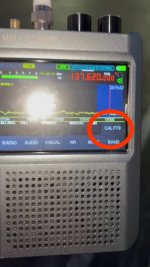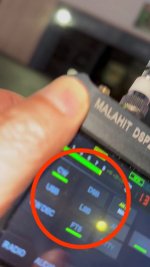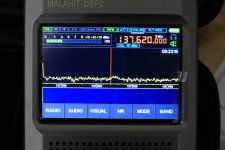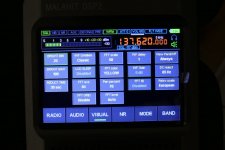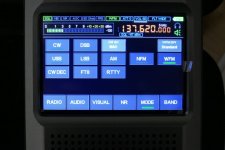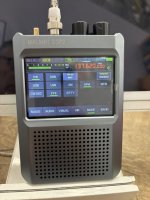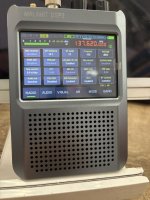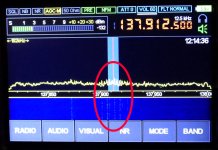No reason for getting all sussed. The grid antennas work well. You can investigate for yourself. A patch antenna is great for inmarsat l band reception. I made my own patch antenna with copper from the hobby store. The signals are so strong that they scream in through a window and still receivable through walls if pointed in the right direction.
From the design sample I used. Instead of using spacers cut to 6mm. I used nylon hardware and poly coax foam. So adjusting panel separation really allows for tweaking to get maximum signal
NOAA apt sats. do have l band emissions. But unlike 137 MHz, you need a tracker to receive them.
For GOES. There many designs using a helical antenna wound LHCP and larger DBS dish antenna. Signals come down RHCP but when a reflector is used, you have the mirror effect.
A standard 2.4 GHz grid antenna will work okay with GOES sats. But they use an L dipole that really benefits when trimmed for 1.6 GHZ.
I'm not sure if the Nooelec kit comes with the antenna mod. So can't attest to that.
I use a Nooelec LANA. No filtering. Just a good, high gain preamp with bias tee. It performs very well. Filtering I'm sure would help for the purpose specific preamps they offer.
If you're really into long term 137 MHz APT reception. Just spend some time and build a quadrifiler helix antenna. Use the J Coppens model from the designer calculation. Make it as accurate as you can. Use high quality coax like LMR-400. You'll have as close as the same antenna that beams the signals down. And they work great in horizon to horizon reception.
And. I'm not speculating. This comes from hands-on experience and a ton of googlin'.


